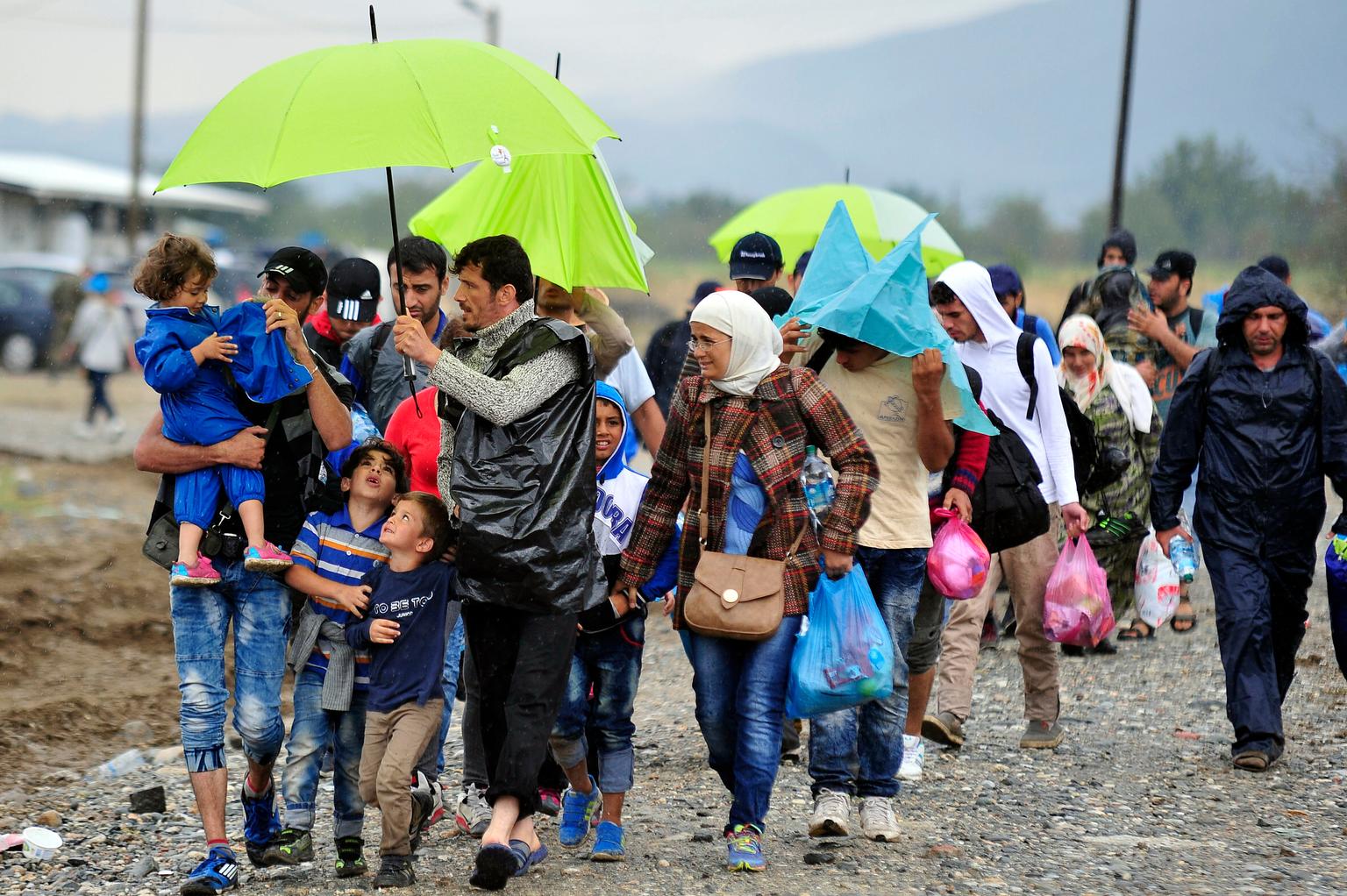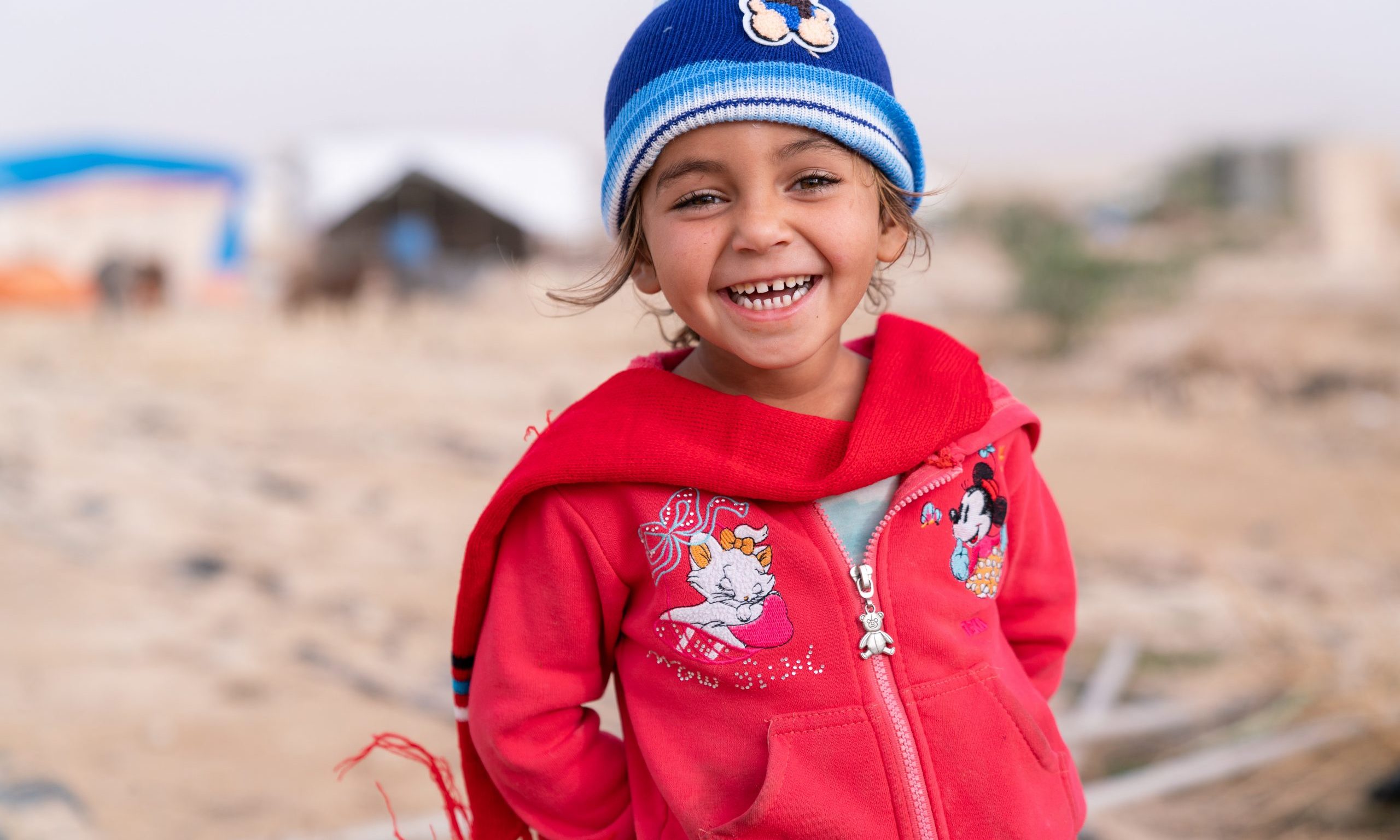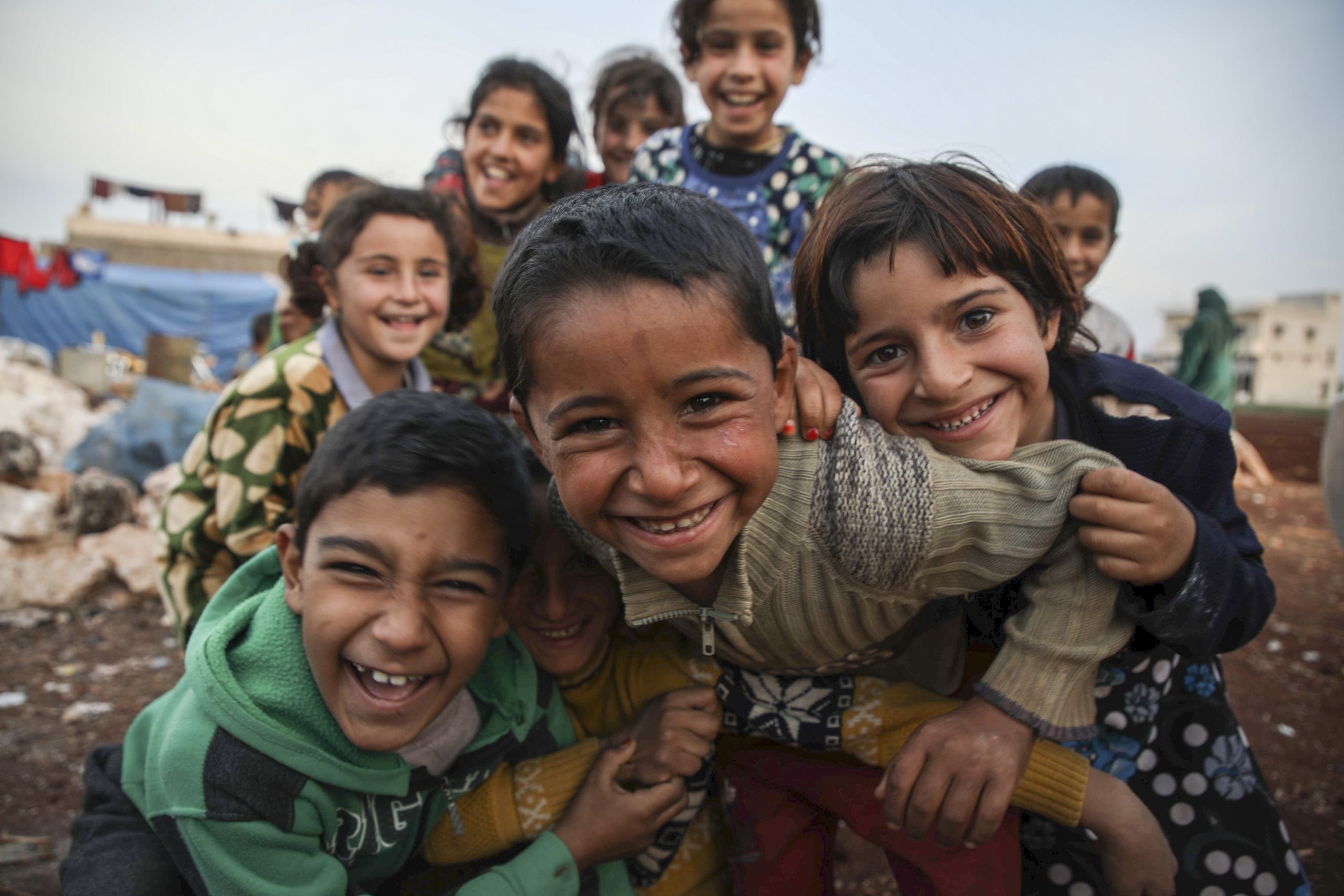Integrated Data Ecosystem Assessment and Strengthening (IDEAS) Tool
A data tool to meet the needs of migrant and refugee children

The international community is facing a serious dearth of data on migrant and forcibly displaced children. Few data are disaggregated by age, sex or country of origin, let alone according to more specific information such as education level or access to services. And even where data are available, they are often fragmented and disconnected, and not shared between stakeholders. The lack of and disintegration of data hamper efforts to protect children and ensure their development.
Against the background of the general data scarcity on and the high vulnerability of migrant and forcibly displaced children and migrants and displaced populations more generally, the international community included migration relevant targets in the Sustainable Development Agenda 2030 and adopted the Global Compacts for Migration and Refugees (GCM and GCR) in 2018. UNICEF, IOM, UNHCR, UNSD and UNESCAP have developed the current project on strengthening national data capacities to support countries in fulfilling their commitment to operationalize GCM and GCR in the context of the 2030 Agenda.
Objectives
The objectives of this joint project are to:
- Comprehensively map existing data;
- Identify gaps and good practices in national data capacities;
- And provide recommendations on how to sustainably enhance the collection, analysis and use of high-quality, timely and disaggregated data on children on the move at the country level.
Based on the data and knowledge gaps in countries of implementation, the project further aims to identify key indicators on migrant and forcibly displaced children to report against, according to national priorities, in light of the 2030 Agenda as well as GCM and GCR processes related, and in line with international standards and recommendations.
The ultimate goal is for countries to strengthen data systems and provide and use better evidence to guide decision-making to meet the needs of vulnerable migrant and forcibly displaced children.


